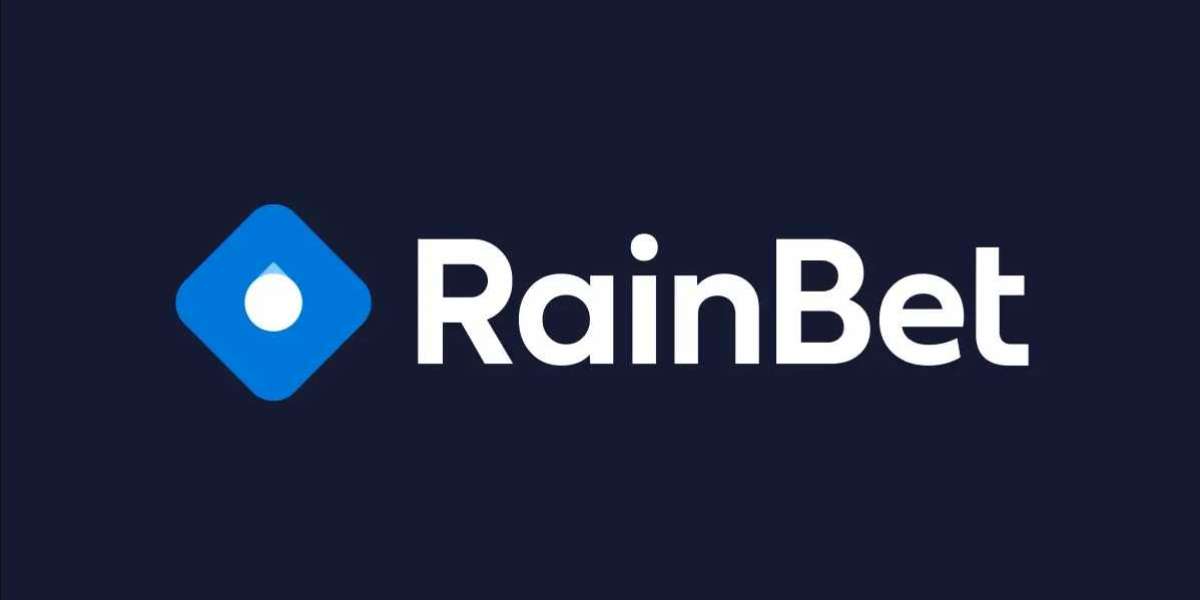Investing in a rental property can be a powerful way to generate passive income. With the right strategy, you can build long-term wealth while letting your money work for you. However, buying rental real estate requires a step-by-step approach to ensure success and minimize risks. Whether you're new to real estate investing or planning your next purchase, this guide outlines the key steps you need to follow to secure a rental property that delivers consistent income.
1. Define Your Investment Goals
Before diving into the real estate market, it's important to clarify your goals. Are you looking for monthly cash flow, long-term appreciation, or both? Understanding what you want to achieve will shape your decisions on location, property type, and budget.
Ask yourself:
How much passive income do I want to generate?
Am I willing to manage the property myself?
What’s my investment timeline?
Being clear about your goals helps you stay focused and avoid emotional decisions later in the process.
2. Assess Your Finances
Buying a rental property is a major financial commitment. Review your credit score, calculate your debt-to-income ratio, and determine how much you can afford as a down payment. Lenders typically require a larger down payment for investment properties—often around 20% or more.
In addition to the purchase price, consider:
Closing costs
Property taxes
Insurance
Maintenance and repair budgets
Emergency funds
A realistic view of your finances ensures you invest within your means and reduces your chances of overextending.
3. Research the Right Market
Location plays a major role in the success of a rental property. A profitable market typically features strong rental demand, job growth, population increases, and relatively affordable home prices. Look for areas where rental yields are high and vacancy rates are low.
Factors to evaluate include:
Employment opportunities
Quality of schools and public transport
Crime rates
Future development plans
Rental price trends
A good location can turn an average property into a great investment.
4. Choose the Right Property Type
There are several types of rental properties to consider:
Single-family homes
Multi-family buildings (duplexes, triplexes)
Condominiums
Townhouses
Each type has its pros and cons. For example, single-family homes are easier to manage but might produce lower rental income per square foot. Multi-family properties can generate more income but require more maintenance and oversight.
Start with a property that aligns with your experience, budget, and management ability.
5. Run the Numbers
Before making an offer, analyze the financial potential of the property. Key metrics to calculate include:
Gross Rental Yield: (Annual Rent ÷ Purchase Price) × 100
Net Operating Income (NOI): Total income minus operating expenses
Cash Flow: Income after all expenses, including loan payments
Cap Rate: NOI ÷ Property Value
These calculations help you determine if the property will generate positive cash flow and whether it’s a worthwhile investment.
6. Get Pre-Approved for a Loan
Getting pre-approved for financing shows sellers that you’re a serious buyer and gives you a clear price range to shop within. Speak to lenders familiar with investment properties. Understand the different loan options available, such as conventional mortgages or portfolio loans.
Keep in mind that interest rates for investment properties are often higher than those for primary residences.
7. Work with a Real Estate Professional
Hiring an experienced real estate agent who understands investment properties can save you time and help you spot the best deals. They can assist with:
Identifying high-potential properties
Negotiating the best price
Connecting you with inspectors and attorneys
Navigating the local rental market
While you can do it alone, working with professionals can prevent costly mistakes, especially if you're new to investing.
8. Conduct Property Inspections
Never skip a property inspection. A professional inspection uncovers potential issues that may not be visible during a walkthrough. Common problems to look for include:
Foundation cracks
Roof damage
Plumbing or electrical issues
Mold or pest infestations
The inspection results can also be used to negotiate the price or request repairs before closing.
9. Close the Deal
Once financing is approved, inspections are complete, and the offer is accepted, it’s time to close. During this stage:
Final loan paperwork is signed
Closing costs are paid
Property title is transferred
After closing, the property is officially yours. Now you can move forward with finding tenants and managing your investment.
10. Prepare for Tenants
Before renting out the property, ensure it’s ready for occupancy. This includes:
Cleaning and necessary repairs
Installing safety features like smoke detectors
Setting competitive rental pricing
Creating a lease agreement
You can choose to self-manage the property or hire a property manager to handle tenant relations, rent collection, and maintenance. Either way, efficient property management is key to maintaining steady passive income.
Final Thoughts
Buying a rental property for passive income involves careful planning and research. When done right, it can offer consistent returns, appreciation, and long-term financial freedom. By following a step-by-step process, you’ll set a solid foundation for success in the world of real estate investing. Start with a clear goal, crunch the numbers, and move forward with confidence.
Important Links
Discover Dunearn Road Condo: Your Perfect Singapore Retreat
Discover the Stunning Dunearn Road Condo Showflat: A Preview of Luxurious Living
Meet the Visionaries Behind the Project: Dunearn Road Condo Developer
Your Complete Guide to Dunearn Road Condo Project Details
Unveiling the Prime Appeal of the Dunearn Road Condo Location
Dunearn Road Condo Project Details








